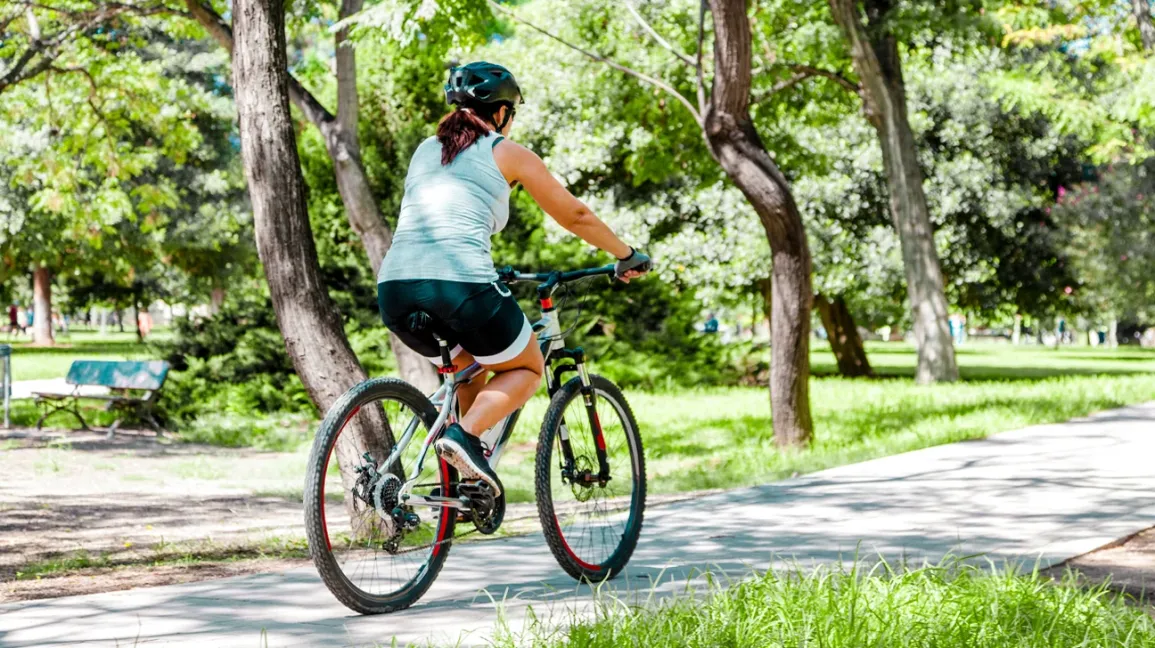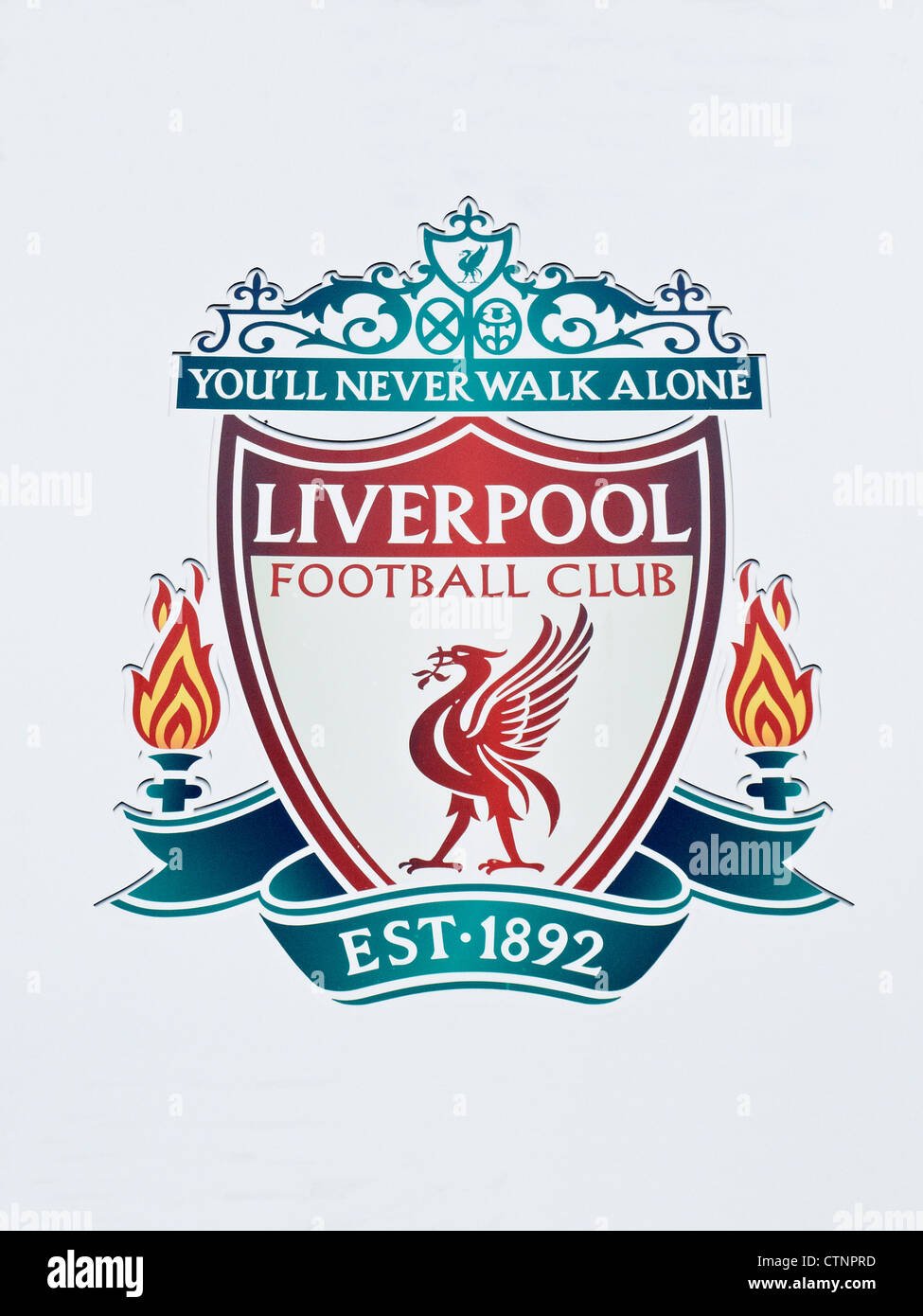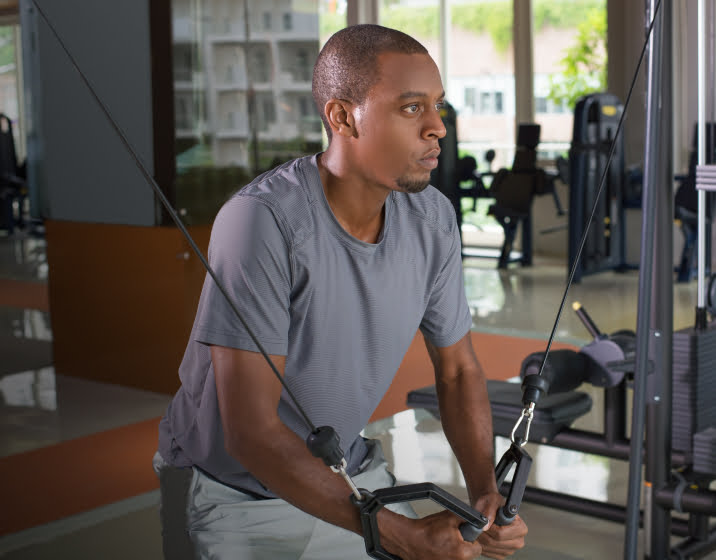Choosing the right ski gear is essential for a successful and enjoyable experience on the slopes. With a wide variety of skis, outfits, and technologies available, it can be challenging to determine what best suits your skill level, body type, and personal style. This article provides practical insights into selecting the appropriate skis, understanding essential outfit features, and navigating the latest gear technologies, ensuring you make informed decisions that enhance your skiing performance and comfort. Whether you’re a beginner or an advanced skier, this guide will help you find the right fit and style for your next ski adventure.
In this article you will find:
Understanding Ski Types for Every Skill Level
Choosing the right skis is crucial for an enjoyable and successful skiing experience. With various ski types designed for different skill levels and skiing styles, understanding these options can enhance your time on the slopes. This guide will break down the various ski types available, helping you make an informed decision based on your skill level.
Beginner Skis
For those just starting their skiing journey, beginner skis are designed to be forgiving and easy to maneuver. These skis typically feature a wider waist and a softer flex, which help with stability and control. Some key characteristics include:
- Shorter Length: Beginner skis are usually shorter, making them easier to turn and control.
- Soft Flex: A softer flex allows beginners to initiate turns without much effort.
- Wider Base: A wider base provides better stability on snow, reducing the chances of falls.
Popular beginner ski models include the K2 Luv Machine and the Rossignol Experience, both praised for their user-friendly design.
Intermediate Skis
As skiers progress, they often seek intermediate skis that offer a balance between performance and ease of use. These skis are designed for those who are comfortable on green and blue runs and are ready to tackle more challenging terrain. Key features include:
- Moderate Length: Intermediate skis are typically longer than beginner models, providing stability at higher speeds.
- Stiffer Flex: A stiffer flex allows for better responsiveness and control during turns.
- All-Mountain Design: Many intermediate skis are versatile, suitable for various conditions and terrains.
Recommended models for intermediate skiers include the Head Supershape and the Atomic Vantage, both known for their performance and adaptability.
 Advanced and Expert Skis
Advanced and Expert Skis
Advanced and expert skiers require skis that can handle high speeds and aggressive turns. Advanced skis are typically stiffer and longer, designed for precision and performance on challenging slopes. Characteristics include:
- Longer Length: Longer skis provide better stability at speed and improved floatation in powder.
- Stiff Flex: A stiffer flex enhances performance and control, allowing for quick and powerful turns.
- Specialized Designs: Many advanced skis are designed for specific conditions, such as powder, groomed runs, or backcountry.
Popular choices for advanced skiers include the Fischer Ranger and the Line Sick Day, both of which excel in performance and versatility.
Freestyle and Powder Skis
For those who enjoy the thrill of tricks and jumps, freestyle skis are designed for park and pipe performance. These skis are shorter, with a twin-tip design that allows for skiing both forwards and backwards. Key features include:
- Shorter Length: Shorter skis allow for easier maneuverability and tricks.
- Flexibility: A softer flex helps with landings and stability during jumps.
- Durable Construction: Freestyle skis are built to withstand the rigors of park skiing.
For powder enthusiasts, powder skis feature a wider design and rocker profile to float on deep snow. Recommended models include the K2 Poacher for freestyle and the Rossignol Soul 7 for powder skiing.
Understanding the different types of skis available is essential for every skier. By choosing the right ski based on your skill level and preferred style, you can enhance your performance and enjoyment on the slopes. In the next section, we will explore the essential features of ski outfits that complement your skiing experience.
Essential Features of Ski Outfits for Optimal Performance
Choosing the right ski outfit is just as important as selecting the appropriate skis. A well-designed ski outfit not only enhances your comfort but also optimizes your performance on the slopes. This section delves into the essential features that make up an effective ski outfit, ensuring you stay warm, dry, and agile while skiing.
Insulation and Layering
Proper insulation is vital for maintaining body heat in cold conditions. A good ski outfit typically incorporates a layering system that allows for flexibility and adaptability. Key components include:
- Base Layer: This layer is worn directly against the skin and is crucial for moisture management. Look for materials like merino wool or synthetic fabrics that wick sweat away.
- Mid Layer: This layer provides insulation. Fleece jackets or down vests are popular choices, as they trap heat while remaining breathable.
- Outer Layer: The outer shell protects against wind, snow, and rain. Look for waterproof and breathable fabrics such as Gore-Tex or similar technologies.
For more insights on layering techniques, you can visit REI’s Layering Basics.
Waterproofing and Breathability
When skiing, exposure to moisture is inevitable, whether from snow or perspiration. Therefore, the waterproofing and breathability of your ski outfit are crucial. Consider the following:
- Waterproof Ratings: Look for garments with a high waterproof rating (measured in millimeters), indicating their ability to repel water. A rating of 10,000 mm or more is ideal for skiing.
- Breathability Ratings: Breathability is measured in grams and indicates how well moisture vapor escapes from the fabric. Aim for a breathability rating of at least 5,000 g to ensure comfort during high-intensity activities.
Brands like The North Face and Patagonia are known for their high-quality waterproof and breathable ski gear.
Fit and Mobility
Comfort and freedom of movement are essential for optimal performance on the slopes. The fit of your ski outfit should allow for a full range of motion without being too loose or restrictive. Key considerations include:
- Articulated Design: Look for ski outfits with articulated joints and a tailored fit that accommodates movement during skiing.
- Adjustable Features: Features like adjustable cuffs, hems, and hoods can help customize the fit and keep snow out.
- Stretch Fabrics: Fabrics with stretch capabilities enhance mobility, allowing for better performance during turns and jumps.
 Additional Features
Additional Features
In addition to insulation, waterproofing, and fit, several other features can enhance your skiing experience:
- Pockets: Look for ski outfits with ample pockets for storing essentials like goggles, snacks, and lift passes.
- Ventilation: Underarm zippers or mesh-lined vents allow for temperature regulation, helping you cool down during intense runs.
- Reinforced Areas: Areas prone to wear and tear, such as the knees and seat, should be reinforced for durability.
By considering these essential features, you can select a ski outfit that not only meets your performance needs but also enhances your overall skiing experience. In the next section, we will explore the latest technologies in ski gear that can further elevate your time on the slopes.
Navigating the Latest Ski Gear Technologies
The world of skiing is rapidly evolving, with advancements in technology enhancing performance, safety, and overall enjoyment on the slopes. Understanding these innovations can help you make informed decisions when selecting your ski gear. This section explores some of the latest ski gear technologies that are transforming the skiing experience.
Smart Skiing Technology
One of the most exciting developments in ski gear is the integration of smart technology. These innovations allow skiers to track their performance and improve their skills. Key features include:
- GPS Tracking: Many modern ski helmets and goggles come equipped with GPS systems that track speed, distance, and vertical drop, providing real-time feedback.
- Performance Analytics: Some ski apps sync with wearable devices to analyze your skiing technique, helping you identify areas for improvement.
- Emergency Features: Advanced models include emergency beacons that can alert rescue services in case of an accident.
For more information on smart skiing technology, check out Ski.com’s guide.
Advanced Materials and Construction
Innovations in materials have led to lighter, stronger, and more durable ski gear. Some notable advancements include:
- Carbon Fiber: Used in ski construction, carbon fiber significantly reduces weight while enhancing stiffness and responsiveness, ideal for advanced skiers.
- Hybrid Materials: Many brands now utilize hybrid materials that combine the benefits of various fabrics, offering improved flexibility and waterproofing.
- Eco-Friendly Options: With a growing focus on sustainability, manufacturers are developing skis and apparel made from recycled materials, reducing environmental impact.
Brands like Blizzard and Fischer are at the forefront of these material innovations.
Enhanced Safety Features
Safety is paramount in skiing, and recent technological advancements have made gear safer than ever. Key safety features include:
- Impact-Resistant Helmets: Modern helmets are designed with advanced foam materials that absorb impact better than traditional designs, providing superior protection.
- Integrated Avalanche Safety: Some ski backpacks come equipped with avalanche safety features, including airbags that deploy during an avalanche to keep the skier on the surface of the snow.
- Smart Goggles: Goggles with built-in heads-up displays can provide skiers with vital information, such as speed and navigation, without taking their eyes off the slope.
For more insights into ski safety gear, visit Skiing Magazine’s safety gear overview.
Customizable Gear
Customization is becoming increasingly popular in ski gear, allowing skiers to tailor their equipment to their specific needs. This includes:
- Custom-Fit Boots: Many brands offer heat-moldable liners that conform to the skier’s foot shape for enhanced comfort and performance.
- Adjustable Ski Bindings: New bindings allow skiers to easily adjust settings based on their skill level and skiing style, improving safety and performance.
- Personalized Ski Designs: Some companies now offer the option to customize the graphics and colors of skis, allowing skiers to express their individuality.
For more on customizable ski gear, check out Ski.com’s article on custom gear.
As technology continues to advance, the skiing experience is becoming more enjoyable, safer, and tailored to individual preferences. In the next section, we will provide tips for choosing the right fit and style for your ski adventure, ensuring you maximize your time on the slopes.
Tips for Choosing the Right Fit and Style for Your Ski Adventure
Finding the right fit and style for your ski gear is essential to ensure comfort, performance, and safety on the slopes. With so many options available, it can be overwhelming to make the right choices. This section provides practical tips to help you select ski gear that suits your body type, skiing style, and personal preferences.
Understanding Your Body Type
Every skier has a unique body shape, and understanding yours can significantly impact the fit of your gear. Here are some considerations:
- Height and Weight: Ski gear, especially boots and skis, often comes in sizes that correspond to your height and weight. Make sure to refer to the manufacturer’s size chart when selecting your gear.
- Foot Shape: Ski boots should fit snugly but not painfully. If you have wider or narrower feet, look for brands that cater to your specific foot shape, as this can enhance comfort and performance.
- Body Proportions: Consider your torso length and leg length when choosing ski pants and jackets. A well-fitted outfit will allow for better mobility and prevent excess fabric from getting in the way.
Choosing the Right Ski Boots
Boots are arguably the most critical piece of equipment for skiers. A proper fit can make or break your skiing experience. Here are some tips for selecting the right ski boots:
- Try Before You Buy: Always try on ski boots in-store to assess fit. Walk around and flex your ankles to ensure they feel comfortable and secure.
- Consider Flex Index: The flex index indicates how stiff the boot is. Beginners often benefit from softer boots, while advanced skiers may prefer stiffer options for better control.
- Footbed Customization: Consider investing in custom footbeds for your boots. They provide better arch support and can significantly improve comfort and performance.
For more insights on ski boot fitting, check out Ski.com’s boot fitting guide.
Selecting Ski Pants and Jackets
When it comes to ski pants and jackets, functionality meets style. Here are some tips to help you choose:
- Fit and Comfort: Look for pants and jackets that allow for a full range of motion. Avoid overly baggy styles that can snag on equipment.
- Layering Compatibility: Ensure your outerwear can accommodate layers underneath. This is especially important for colder days when you may need additional insulation.
- Style and Color: While performance is crucial, don’t overlook personal style. Choose colors and designs that reflect your personality and make you feel good on the slopes.
Finding the Right Ski Helmet and Goggles
Safety should always be a priority, and choosing the right helmet and goggles is essential. Consider the following:
- Helmet Fit: Your helmet should fit snugly without being uncomfortable. Look for adjustable options to ensure a perfect fit.
- Goggle Compatibility: Make sure your goggles fit well with your helmet to prevent gaps that can let in cold air or snow.
- Lens Type: Choose goggles with interchangeable lenses for varying light conditions. This ensures optimal visibility regardless of weather conditions.
For more detailed information on helmet safety standards, visit Skiing Magazine’s safety gear overview.
Test Your Gear Before You Hit the Slopes
Before heading out for a full day of skiing, it’s a good idea to test your gear. Here’s how:
- Wear Your Gear at Home: Spend some time wearing your ski outfit and boots at home to ensure comfort and adjust any fit issues.
- Short Runs: If possible, take a few short runs at a local hill before your ski trip to get a feel for your gear in action.
- Adjust as Necessary: Be open to making adjustments to your gear based on your experience during these test runs.
Choosing the right fit and style for your ski gear is vital for maximizing your skiing experience. By understanding your body type, selecting appropriate gear, and testing it before your adventure, you can ensure a comfortable and enjoyable time on the slopes. Now that you’re equipped with the knowledge to choose your gear wisely, you’re ready to hit the slopes with confidence! Choosing the right ski gear is crucial for an enjoyable experience on the slopes. Begin by understanding your body type, including height, weight, and foot shape, to ensure a proper fit, especially for ski boots, which should feel snug yet comfortable. When selecting ski pants and jackets, prioritize functionality and layering compatibility, while also considering personal style.
In addition to fit, focus on essential features like insulation, waterproofing, and breathability in your ski outfit. Don’t overlook safety gear; ensure your helmet and goggles fit well together and provide adequate protection. Finally, test your gear before your ski trip to make necessary adjustments, ensuring you’re fully prepared for your adventure.

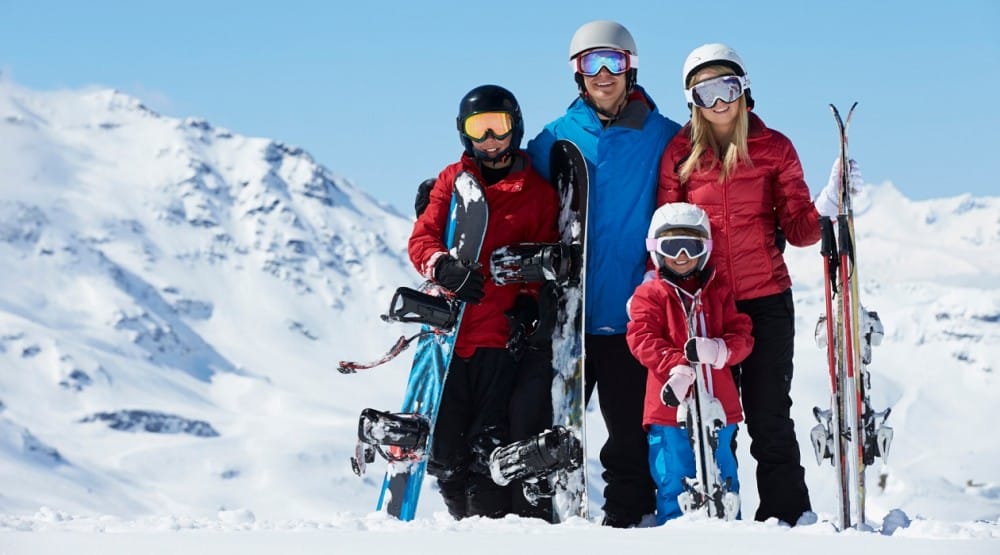
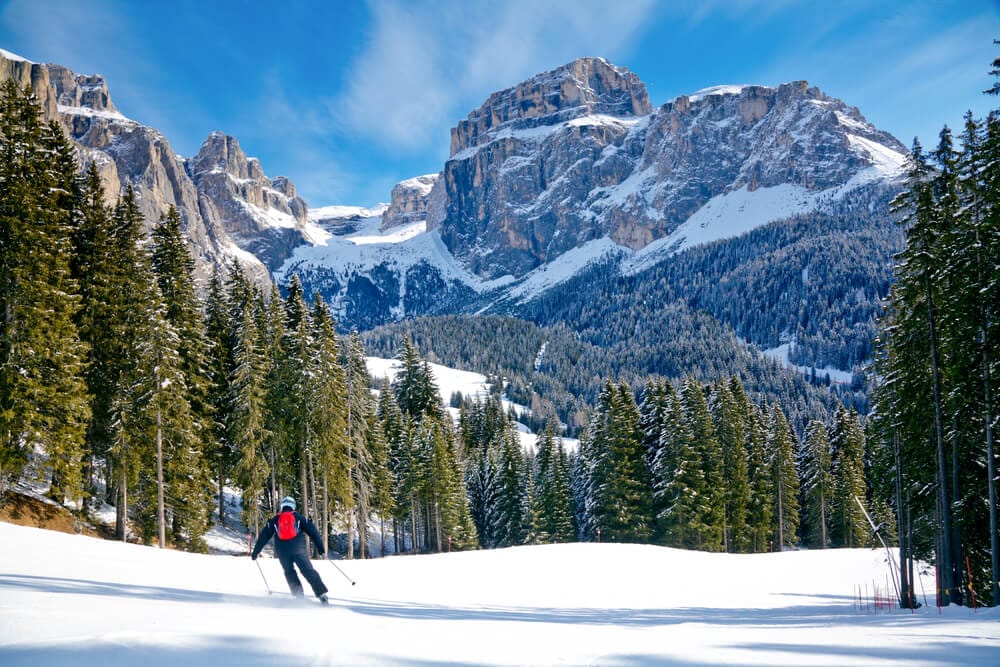 Advanced and Expert Skis
Advanced and Expert Skis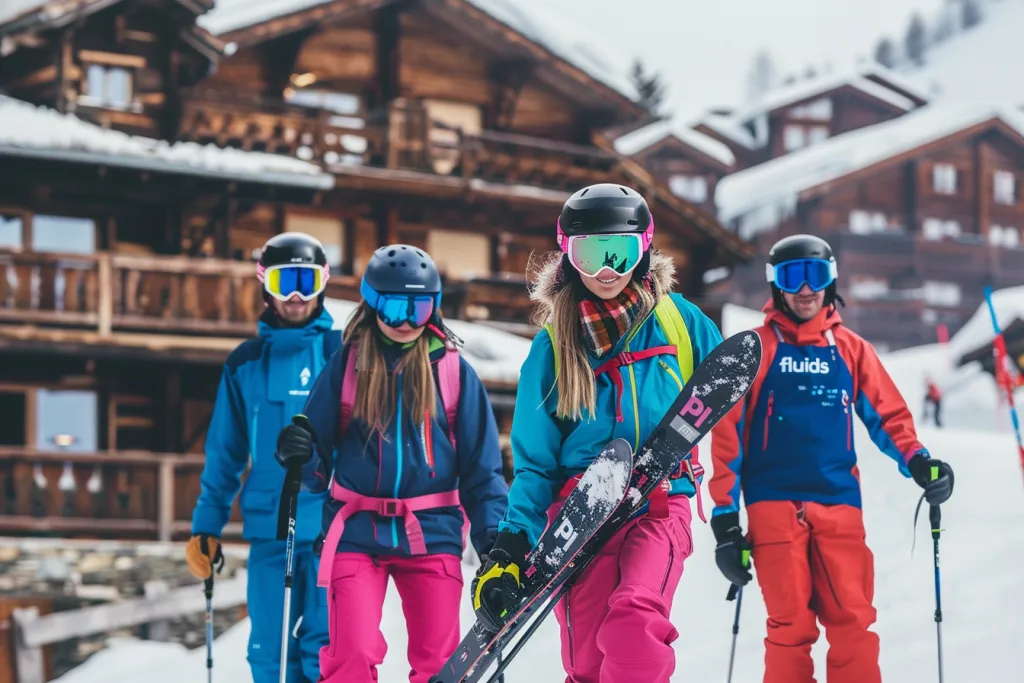 Additional Features
Additional Features